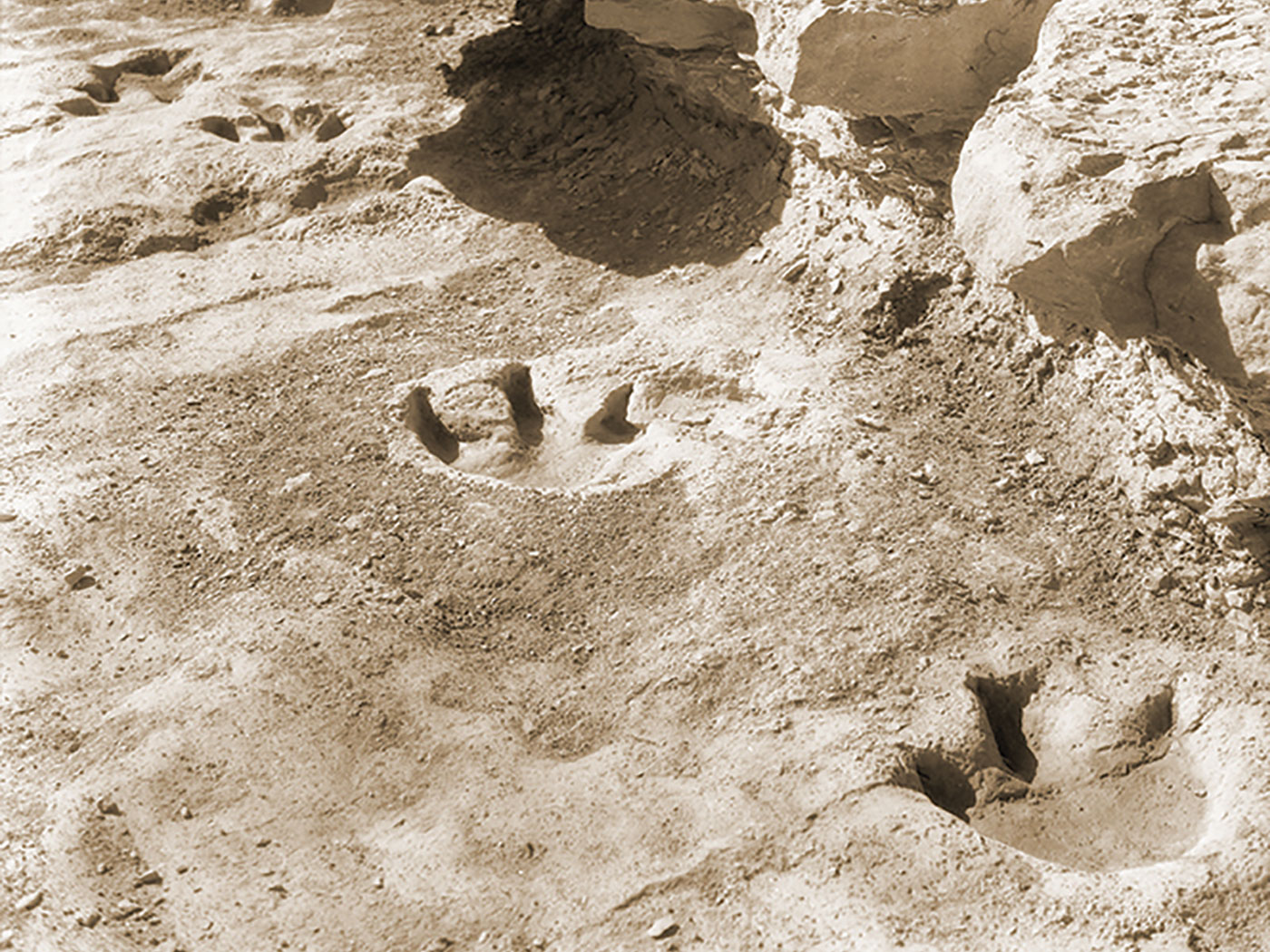Perhaps no concept in science is as misunderstood as "carbon dating." Almost everyone thinks carbon dating speaks of millions or billions of years. But, carbon dating can't be used to date either rocks or fossils. It is only useful for once-living things which still contain carbon, like flesh or bone or wood. Rocks and fossils, consisting only of inorganic minerals, cannot be dated by this scheme.
Carbon normally occurs as Carbon-12, but radioactive Carbon-14 may sometimes be formed in the outer atmosphere as Nitrogen-14 undergoes cosmic ray bombardment. The resulting C-14 is unstable and decays back to N-14 with a measured half-life of approximately 5,730 years. Thus the ratio of stable C-12 to unstable C-14, which is known in today's open environment, changes over time in an isolated specimen.
Consider the dating of a piece of wood. As long as the tree lives, it absorbs carbon from the atmosphere in the form of carbon dioxide, both C-12 and C-14. Once the tree dies, it ceases to take in new carbon, and any C-14 present begins to decay. The changing ratio of C-12 to C-14 indicates the length of time since the tree stopped absorbing carbon, i.e., the time of its death.
Obviously, if half the C-14 decays in 5,730 years, and half more decays in another 5,730 years, by ten half-lives (57,300 years) there would be essentially no C-14 left. Thus, no one even considers using carbon dating for dates in this range. In theory, it might be useful to archaeology, but not to geology or paleontology. Furthermore, the assumptions on which it is based and the conditions which must be satisfied are questionable, and in practice, no one trusts it beyond about 3,000 or 4,000 years, and then only if it can be checked by some historical means.
The method assumes, among other things, that the earth's age exceeds the time it would take for C-14 production to be in equilibrium with C-14 decay. Since it would only take less than 50,000 years to reach equilibrium from a world with no C-14 at the start, this always seemed like a good assumption.
That is until careful measurements revealed a significant disequalibrium. The production rate still exceeds decay by 30%. All the present C-14 would accumulate, at present rates of production and build up, in less than 30,000 years! Thus the earth's atmosphere couldn't be any older than this.
Efforts to salvage carbon dating are many and varied, with calibration curves attempting to bring the C-14 "dates" in line with historical dates, but these produce predictably unreliable results.
A "Back to Genesis" way of thinking insists that the Flood of Noah's day would have removed a great deal of the world's carbon from the atmosphere and oceans, particularly as limestone (calcium carbonate) was precipitated. Once the Flood processes ceased, C-14 began a slow build-up to equilibrium with C-12—a build-up not yet complete.
Thus carbon dating says nothing at all about millions of years, and often lacks accuracy even with historical specimens, denying as it does the truth of the great Flood. In reality, its measured disequilibrium points to just such a world-altering event, not many years ago.
* Dr. John Morris is President of ICR.
Cite this article: Morris, J. 1998. Doesn't Carbon Dating Prove The Earth Is Old? Acts & Facts. 27 (6).







